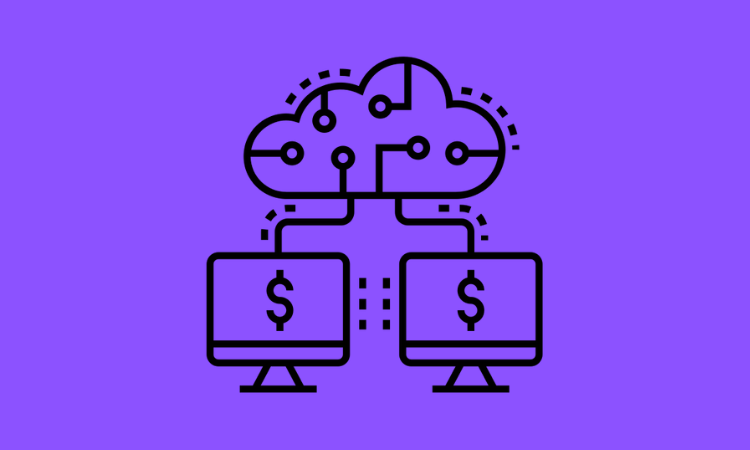Member Exclusive
Outlier Briefing: Infosys’ Jay Nair on preparing for the day after the pandemic
- Jay Nair is the head of financial services for Infosys across the Americas.
- He joins us to discuss how financial services is emerging from the current pandemic.








